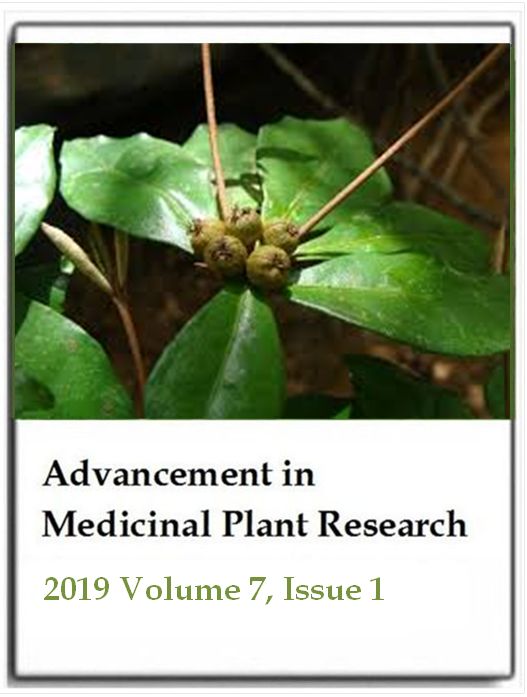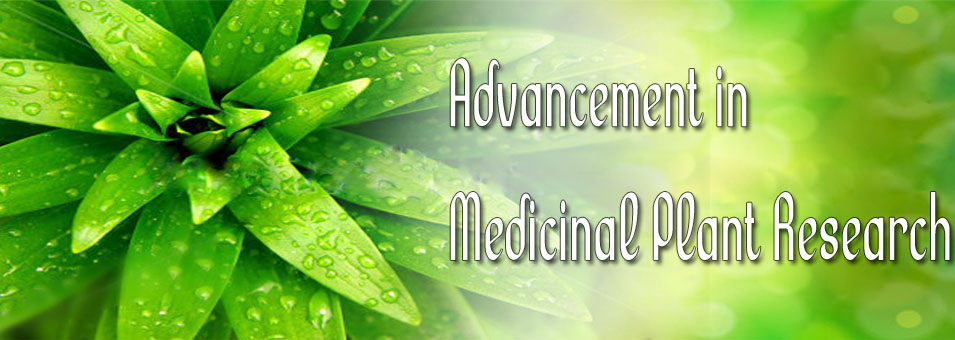In vitro evaluations of cytotoxicity of Abelmoschus esculentus L., Asparagus aphyllus L. and Crataegus azarolus L. extracts and their effects on GLUT4 membrane translocation on L6 muscle cells and blood glucose levels in mice
Abdalsalam Kmail, Bashar Saad, Badiaa Lyoussi, Omar Said, Muhammad Sanad Abu Darwish, Sleman Kadan, Shahd Sammar, Haneen Qalalweh, Raghad ALbzoor, Mahmod AlArda and Hilal ZaidAdvancement in Medicinal Plant Research
Published: March 4 2019
Volume 7, Issue 1
Pages 23-30
DOI: https://doi.org/10.30918/AMPR.71.19.015
Abstract
Despite the enormous achievements in the development of conventional drugs, herbal-based medicines are still a common practice for the prevention/treatment of diabetes and its related complications. Asparagus aphyllus L. (AA), Abelmoschus esculentus L. (AE) and Crataegus azarolus L. (CA) are recommended in the Greco-Arab traditional medicine for the prevention and treatment of diabetes. The purpose of this study was to evaluate the hypoglycemic effects of ethanolic extracts of these plants in high fat (HF)-induced diabetes in male C57BL/6J mice. Animals were divided into nine groups (four mice per a cage) and treated orally with drinking water without (control group) or with one of the extracts at 50 or 100 mg extract/kg/day (treated groups 2-9) for four weeks. Treatment with AA and AE extracts (100 mg/kg/day of each) for 18 days significantly reduced the blood glucose levels by 33 and 29% compared to control mice, respectievly. CA (both 50 mg/kg/day and 100 mg/kg/day) failed to affect glucose concentration in mice blood throughout the study period. The effects of the plant extracts on glucose transporter-4 (GLUT4) translocation to the plasma membrane was tested in L6 muscle cells, stablely expressing myc epitope at the glucose transporter-4 (L6-GLUT4myc). Exposing of these cells to AA and AE extracts (63 µg/ml) led to a significant gain (by about 20%) in GLUT4 on their plasma membranes at non-cytotoxic concentrations as measured with MTT assay where no significat reduction in cell viability were observed up to 250 mg/ml. CA failed to increase the GLUT4 translocation. These findings indicate that the observed hypoglycemic properties of these plants are mediated, at least partially, through regulating GLUT4 translocation.
Keywords: Herbal-based medicines, Type 2 diabetes, glucose transporter-4, Abelmoschus esculentus, Asparagus aphyllus, Crataegus azarolus.
Full Text PDFThis article is published under the terms of the Creative Commons Attribution License 4.0

